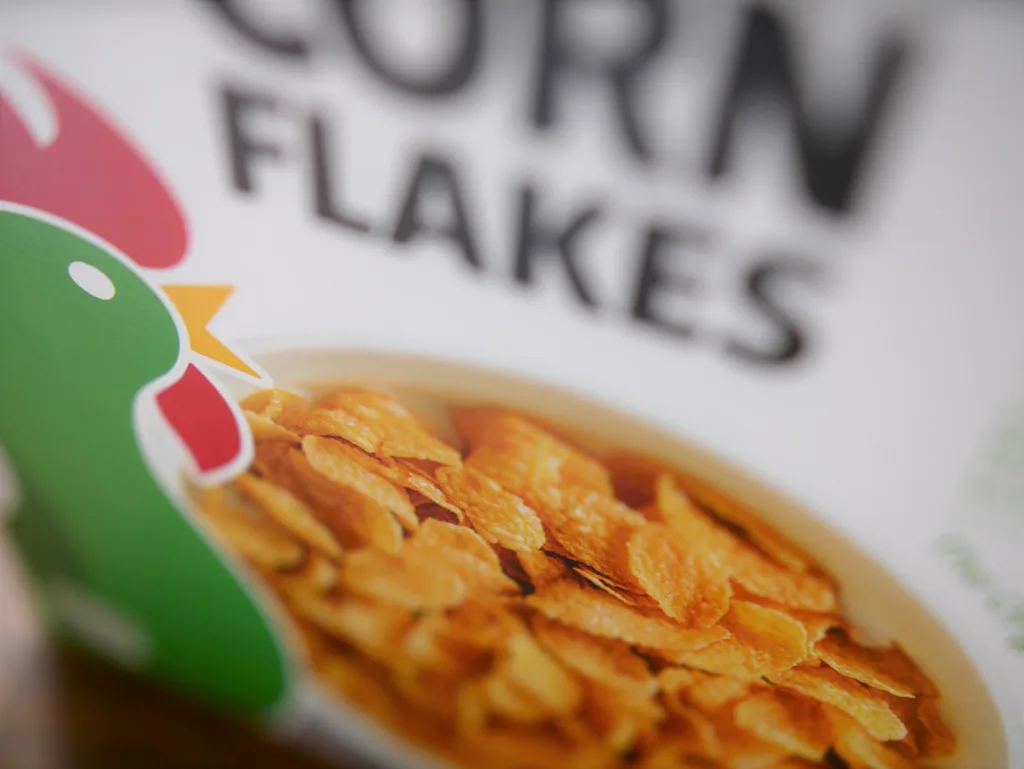When it comes to understanding nutrition information on food packaging, one important factor to pay attention to is the serving size and servings per container. These values can help you determine how much of the product you should be consuming and how many calories and nutrients you are actually consuming.
Serving size refers to the amount of food or beverage that is typically consumed in one serving. This can be measured in various units such as cups, ounces, or pieces. For example, a serving size for cereal may be listed as 1 cup, whle a serving size for a granola bar may be listed as 1 bar.
It is important to note that serving size is not necessarily the recommended amount of food that you should consume. Rather, it is a standardized unit of measurement that can be used to compare different products and determine how much of a nutrient you are consuming per serving.
Servings per container, on the other hand, refers to the number of servings that are contained in the entire product package. This value can help you determine how much of the product you will be consuming if you eat or drink the entire container.
For example, let’s say you are looking at a container of yogurt that has a serving size of 1 cup and contains 4 servings per container. If you were to eat the entire container, you would actually be consuming 4 cups of yogurt, not just one.
Understanding serving size and servings per container is important for managing your calorie and nutrient intake. By paying attention to these values, you can ensure that you are consuming the appropriate amount of food and nutrients for your individual needs.
It is important to note that serving size and servings per container can vary between different brands and products. It is always a good idea to read the nutrition information carefully and compare different products to determine which ones best fit your dietary needs.
Serving size and servings per container are important factors to consider when reading nutrition information on food packaging. By understanding these values, you can make informed decisions about what and how much you consume, helping you to maintain a healthy and balanced diet.
What Is Per Serving And Per Container?
Per serving refers to the amount of a specific food or drink that is considered a single serving size. It is typically listed in measurements such as cups, ounces, or pieces. Per container refers to the total amount of food or drink that is in the entire package or container. The number of servings per container is also usually listed on the nutrition label. This information is important for understanding how many calories, nutrients, and other ingredients are in a single serving vesus the entire package. It can also help individuals make informed decisions about portion sizes and how much they should consume.

How Do You Calculate Serving Size Per Container?
To calculate serving size per container, you need to weigh the contents of your package or count them if they are in pieces. Then, divide the weight by the RACC (Reference Amount Customarily Consumed) or serving size mentioned on the package. For instance, if you have a 980-gram cereal box with a serving size of 115 grams, you can calculate the number of servings per container by dividing the weight of the cereal (980 grams) by the serving size (115 grams). This calculation will give you approximately 8.5 servings per container. It is essential to note that serving sizes may vary based on the type of food, packaging, and the manufacturer’s recommendations. Therefore, it is crucial to read the label carefully and follow the serving size guidelines to maintain a balanced diet.
What Does It Mean When It Says 8 Servings Per Container?
When the label on a food package mentions “8 servings per container,” it means that the package contains enouh food to provide 8 recommended servings. Each serving is typically a predefined quantity of food, such as a cup or a tablespoon. Therefore, if someone consumes the entire contents of the container, he or she will be consuming 8 servings of that particular food. It is important to note that the serving size and the number of servings per container may vary depending on the food item. It is advisable to read the label carefully to determine the appropriate serving size and number of servings per container to make informed decisions about food intake.
What Is A Per Serving?
A serving refers to a specific amount of food that is considered appropriate for one person to consume in a single sitting. This amount is typically measured in a household unit, such as cups, ounces, or pieces, and is used to help individuals manage their food intake and ensure that they are consuming appropriate amounts of nutrients. Serving sizes can vary widely depending on the type of food, the preparation method, and the individual’s specific dietary needs. It is important to pay attention to serving sizes when trying to maintain a healthy diet and manage calorie intake.
Conclusion
Understanding the concept of serving size is crucial for maintaining a healthy and balanced diet. By carefully examining the information on the packaging, including the servings per container and the recommended serving size, individuals can accurately determine how much they are consuming and how many calories they are taking in. It is important to remember that serving sizes are based on typical consumption, and may differ based on age, gender, and activity level. By being mindful of serving sizes and making informed choices about the foods we consume, we can improve our overall health and wellbeing.
